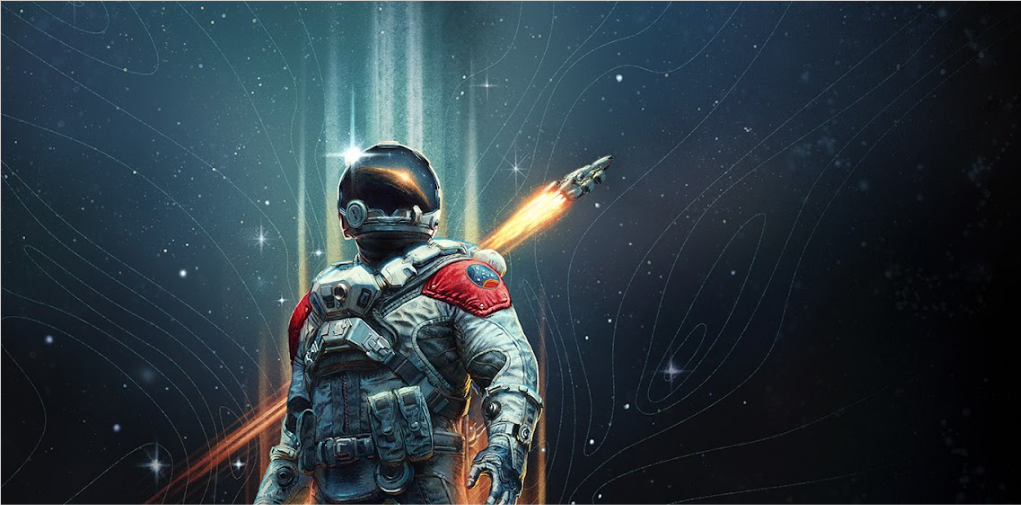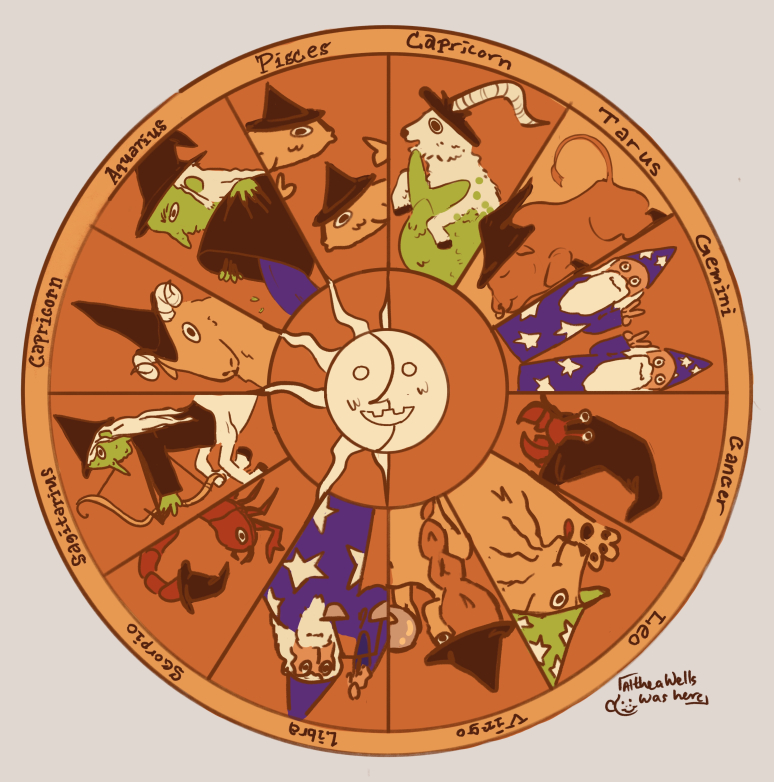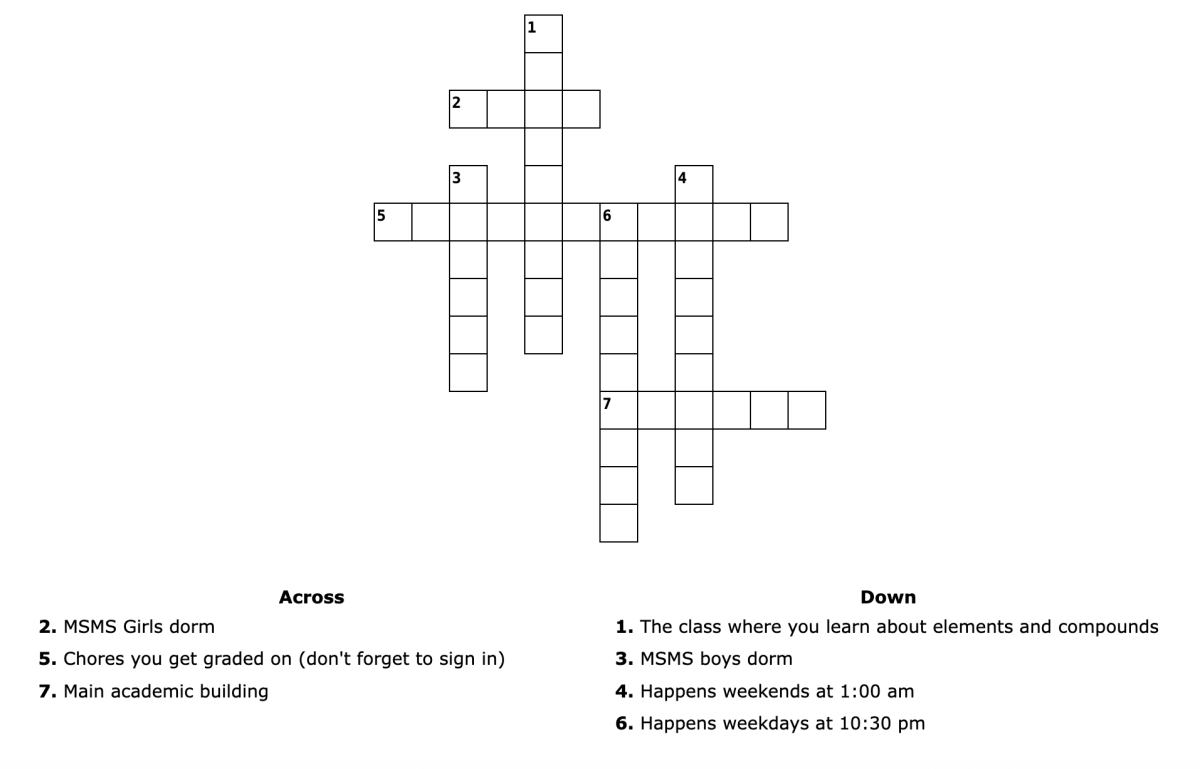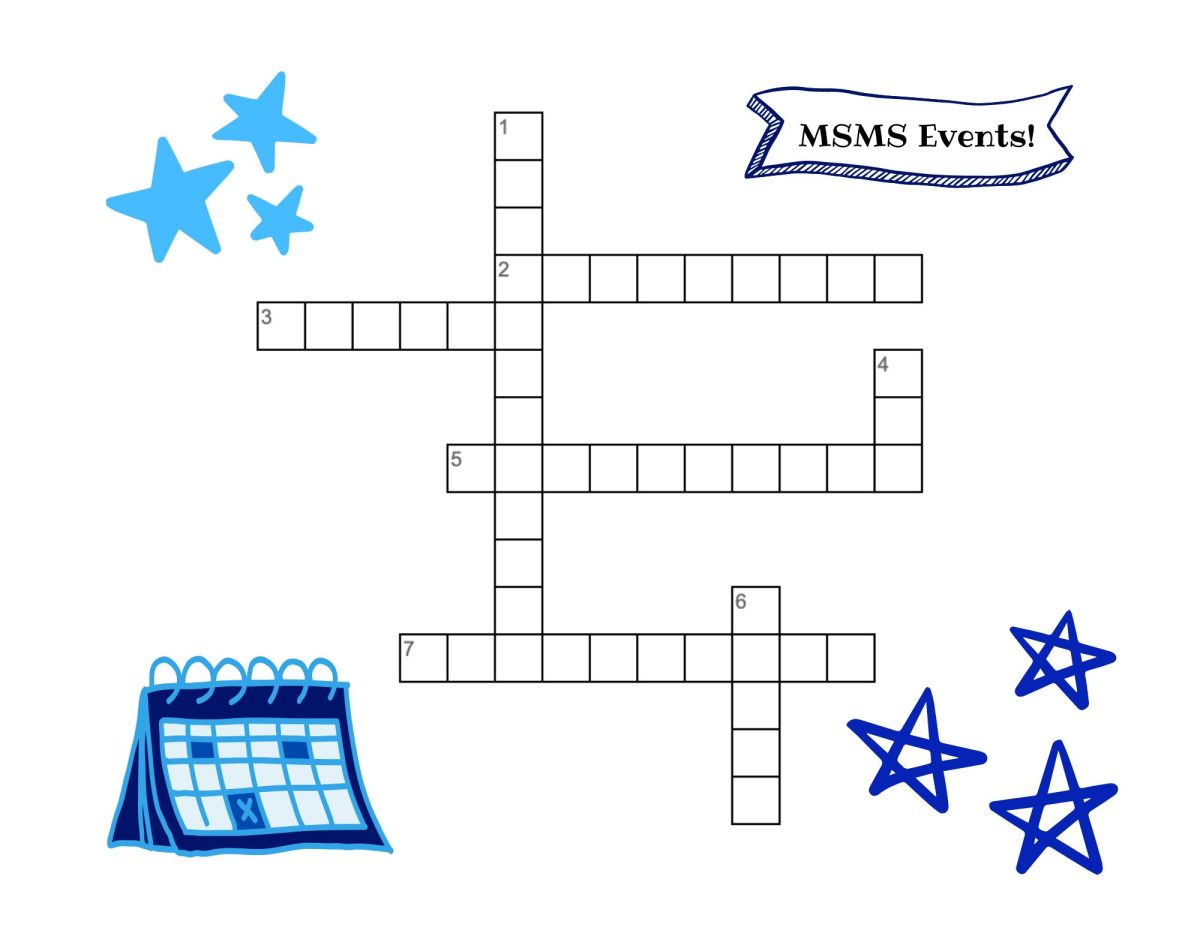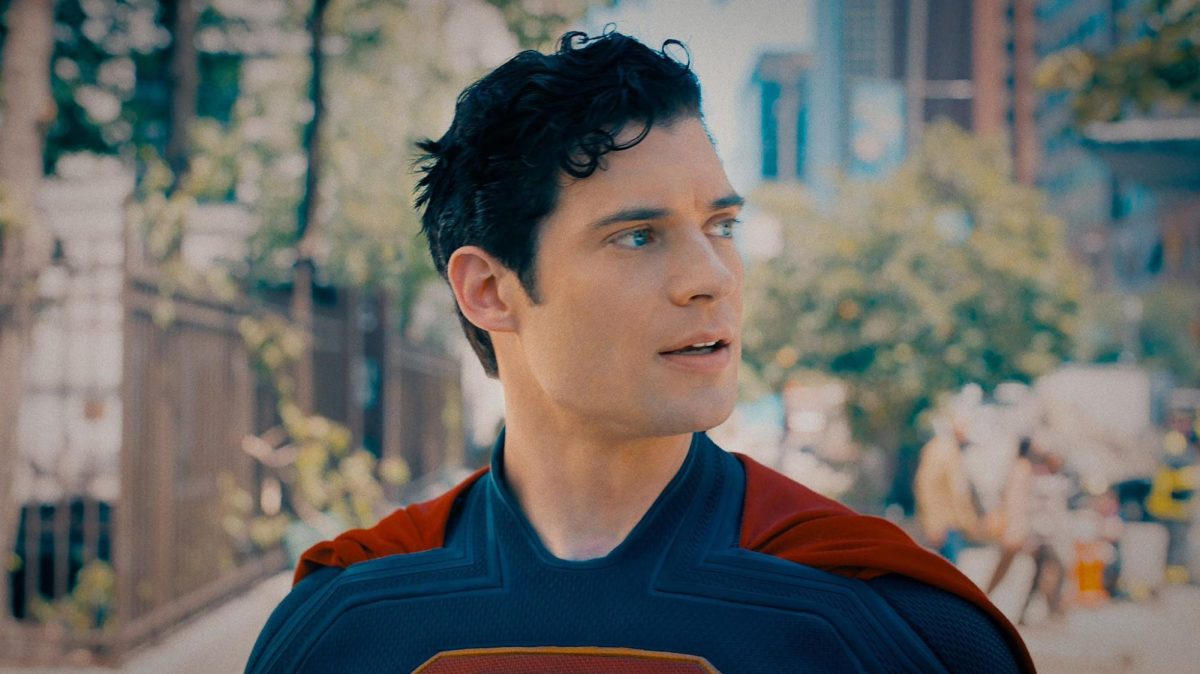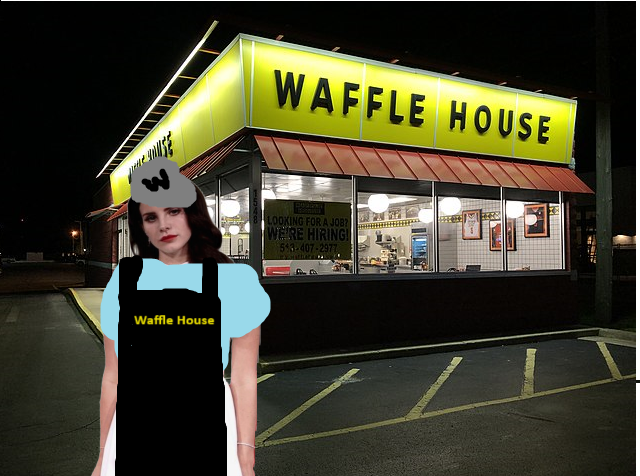Bethesda Softworks, the studio responsible for some of the most renowned single-player adventure games of all time, including Skyrim and Fallout 4, just created their first new universe in 25 years. On Sept. 6, the studio released Starfield, a space exploration and adventure game set in a future where humanity has taken to the stars. Naturally, expectations for the release were very high.
In many of the promises the developers made, Starfield delivers. The game features smooth space flight, intricate shipbuilding mechanics and fast-paced combat. Particularly, the game has excellent world-building and atmosphere; the music, graphics and aesthetic choices all combine to give the galaxy a feeling of wonder.
Many of the design choices reflect an aesthetic Bethesda calls NASA punk: puffy space suits looking only slightly more futuristic than modern ones, rounded ship compartments reminiscent of the International Space Station and outposts on barren planets suspiciously resembling moon shuttles. The technology in Starfield feels more like modern space exploration compared to fantastical sci-fi settings such as Star Wars. This groundedness to reality combines with the game’s exploration premise to convey a sense of awe and wonder as you travel the stars.
However, the game fails in its actual space exploration mechanics. While you can travel and land on every planet, the time physically spent in space is minimal. Traveling the galaxy involves clicking fast-travel dots on a map as opposed to high-octane flights through the stars. You only have control of your ship when you enter a planet’s orbit, where you can sometimes find other ships to interact with or asteroids to mine for resources.
Unfortunately, this only comprises a small fraction of playtime. Most of the time, there isn’t anything interesting to do in space. Once you’re done with the relatively empty void outside each planet, you can’t enter the atmosphere or land manually. You have to go to the map and click a dot. This neglect of space travel has an adverse effect on the atmosphere of the game: It’s hard to feel like you’re exploring the unknown when the game doesn’t give you a chance to be in the unknown.
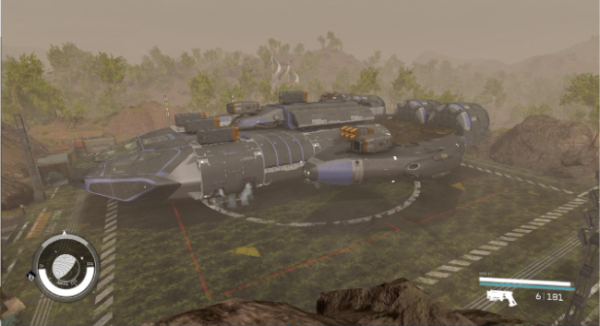
While the atmospheres of planets are lacking, the Bethesda team did an amazing job with the terrain of the planets. Each new world features vastly different experiences. Sometimes, it’s a barren, rocky landscape with mining facilities full of pirates. Sometimes, it’s an alien-filled jungle of red-leafed trees, waiting for you to document every lifeform and explore each cave. Sometimes, it’s an inhabited planet with a city full of people to meet. There are plenty of places to go and things to survey, making each planet feel vast and unique. They can, however, be too vast; the game does not have any land vehicles, so you can end up spending 10 minutes trekking across a planet just to get to a quest marker. While tedious moments between missions can test your patience, they do add to the atmosphere. Each step on a new planet feels like the first, and, with the game’s outpost building mechanics, players can be the first to colonize any new horizons they encounter, too.
The game’s main story isn’t remarkably well-written, but Starfield’s combat and environments make up for it are enough to keep gameplay fresh. Throughout the game, you battle everything from space pirates to murderous aliens in fast-paced combat filled with a variety of weapons. However, the environments, ranging from dense alien jungles to derelict ships, really make the combat special. Also, your boost pack and unique powers allow you to manipulate situations to your advantage. The game even features zero-gravity environments, where the physics of the game adjust to let you float up and down. Combat in the game is unpredictable enough, so it never becomes repetitive.
Overall, Starfield does have areas it could improve. As a space exploration game, its space exploration is ironically dull. However, it makes up for its flaws with a unique ambiance, impressive mechanics and open-ended gameplay that is simply fun to play. I have no doubt it will achieve the same renown as Bethesda’s previous titles and be played for years to come.

